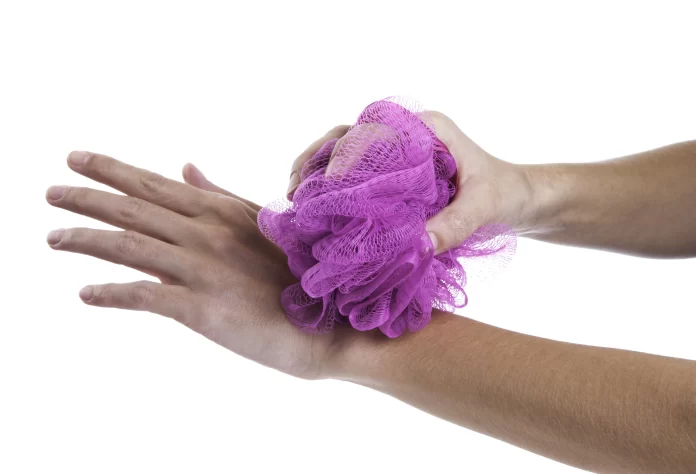For many, the daily shower is a soothing ritual, a cherished moment of self-care. You may have carefully selected your soaps, shampoos, and sponges to make your bathing ritual more refreshing.
But what if one of the commonly used items in your shower routine is doing more harm than good?
The loofah, a popular bathing tool, might not be as beneficial as you think. This article explores three reasons you should consider eliminating loofahs from your bathing routine.
1. Bacterial breeding ground
Contrary to what you might expect, loofahs, with their numerous nooks and crannies, are ideal breeding grounds for bacteria. Every time you use a loofah, it collects dead skin cells and the soap residue from your body. These moist, warm, and organic conditions create the perfect environment for bacteria to thrive.
Studies have found that loofahs can host various types of bacteria, including potentially harmful ones. When you use a contaminated loofah, you unwittingly transfer these bacteria back onto your skin, which can lead to skin problems and infections.
2. Skin irritation and damage
While the idea of exfoliating with a loofah may seem appealing, it can actually be harsh on your skin. The natural fibers of a loofah can be abrasive, especially when combined with vigorous scrubbing.
This abrasiveness can lead to micro-tears in your skin, which may cause irritation, redness, and dryness. Over time, this can compromise the skin’s protective barrier, making it more susceptible to environmental stressors and skin conditions. For individuals with sensitive or easily irritated skin, loofahs can exacerbate these problems.
3. Ineffectiveness and waste
Despite popular belief, loofahs may not be as effective in cleansing and exfoliating as other alternatives. The texture of a loofah can be uneven, making it difficult to achieve consistent exfoliation. In some cases, loofahs might not effectively remove dead skin cells, which can lead to clogged pores and a dull complexion.
Additionally, loofahs have a limited lifespan. They tend to break down and deteriorate over time, requiring frequent replacement. This results in the generation of more plastic waste as loofahs are often made from synthetic materials.
While loofahs may seem like an essential part of your bathing routine, they come with certain downsides that are often overlooked.
The potential for bacterial growth, skin irritation, and their limited effectiveness should give you pause.
Consider alternatives like washcloths or your hands, which can be gentler on your skin and produce less waste or develop better ways to clean and use your loofahs.
Your shower should be a moment of rejuvenation, not a breeding ground for bacteria or a source of skin issues.













